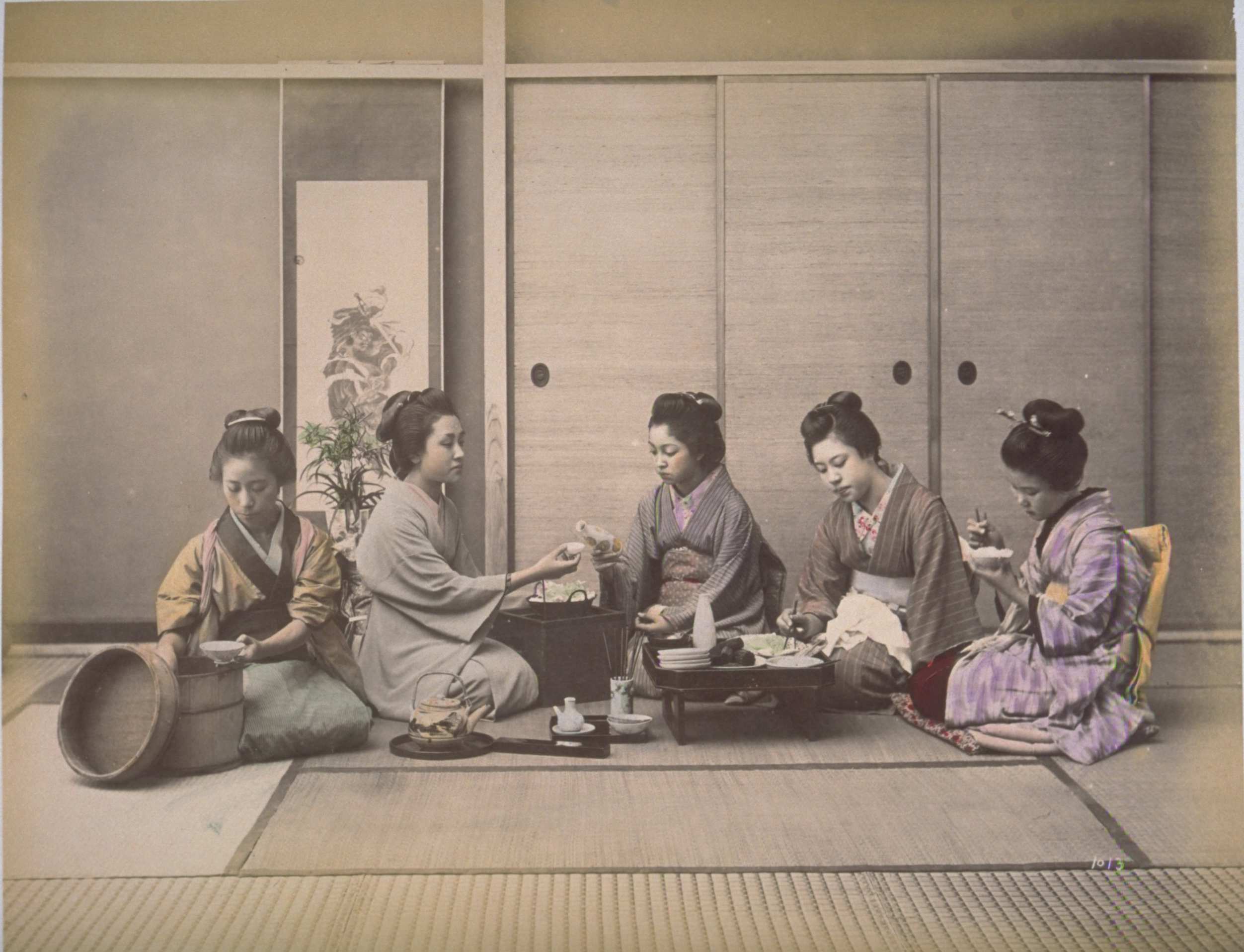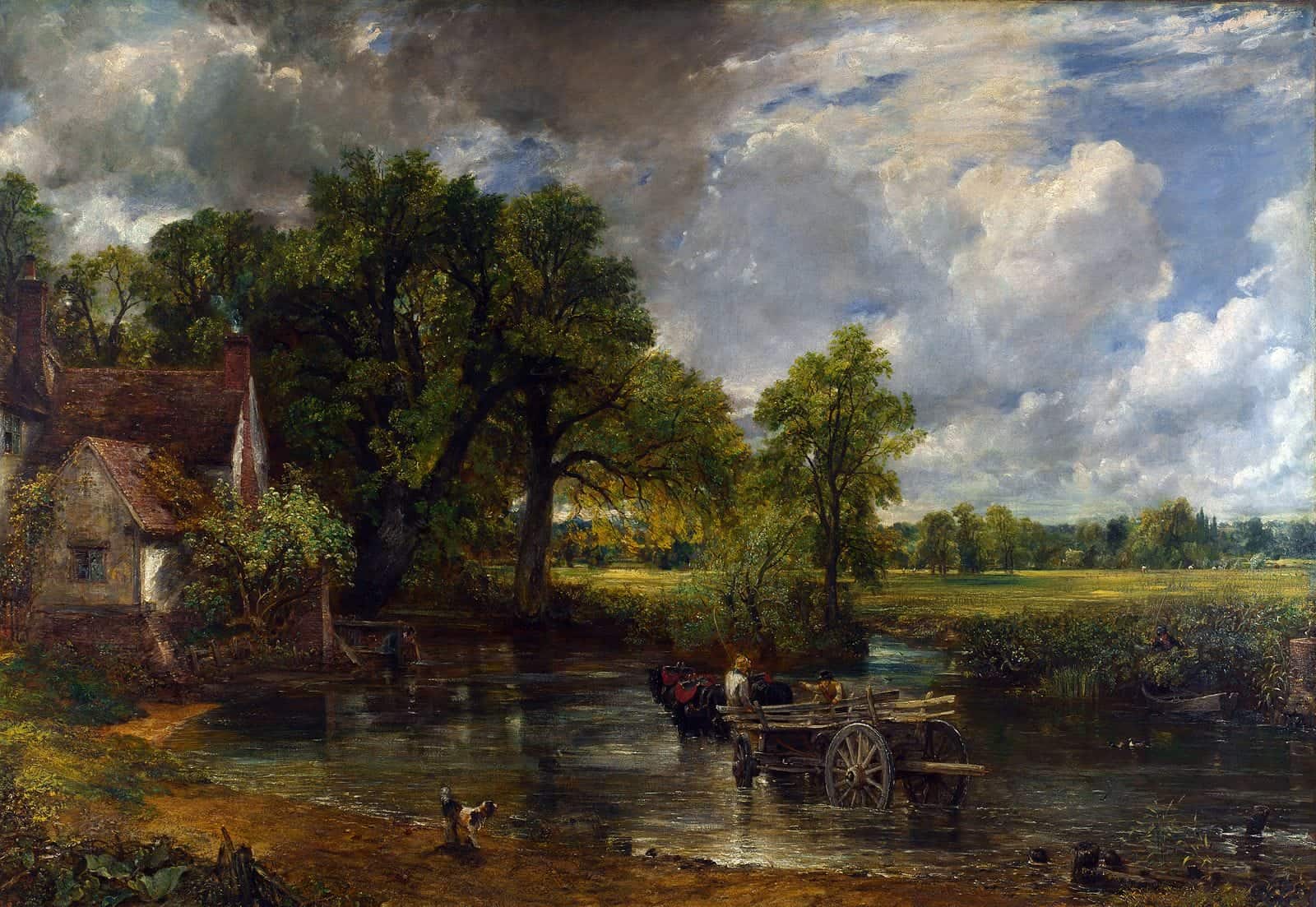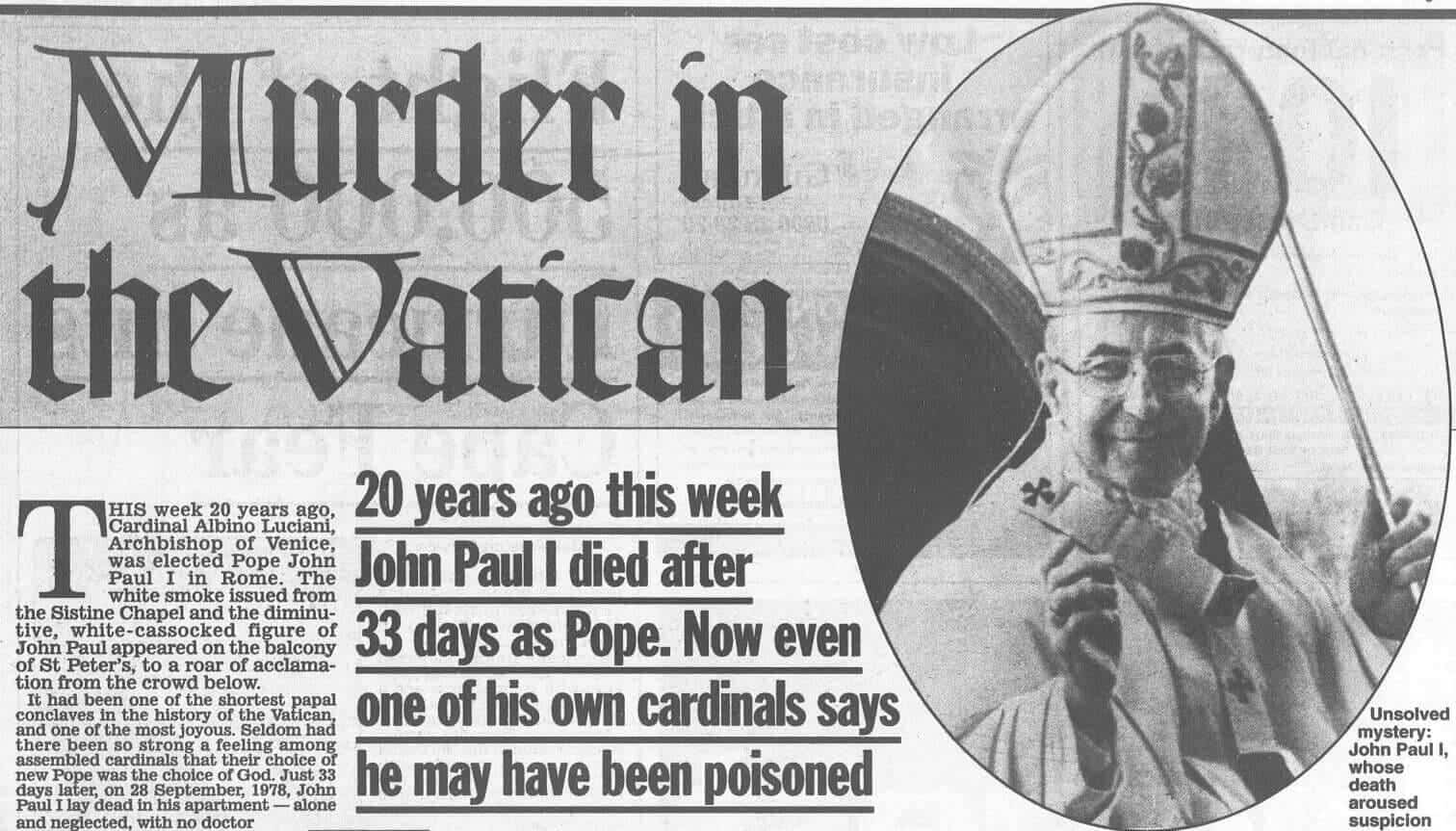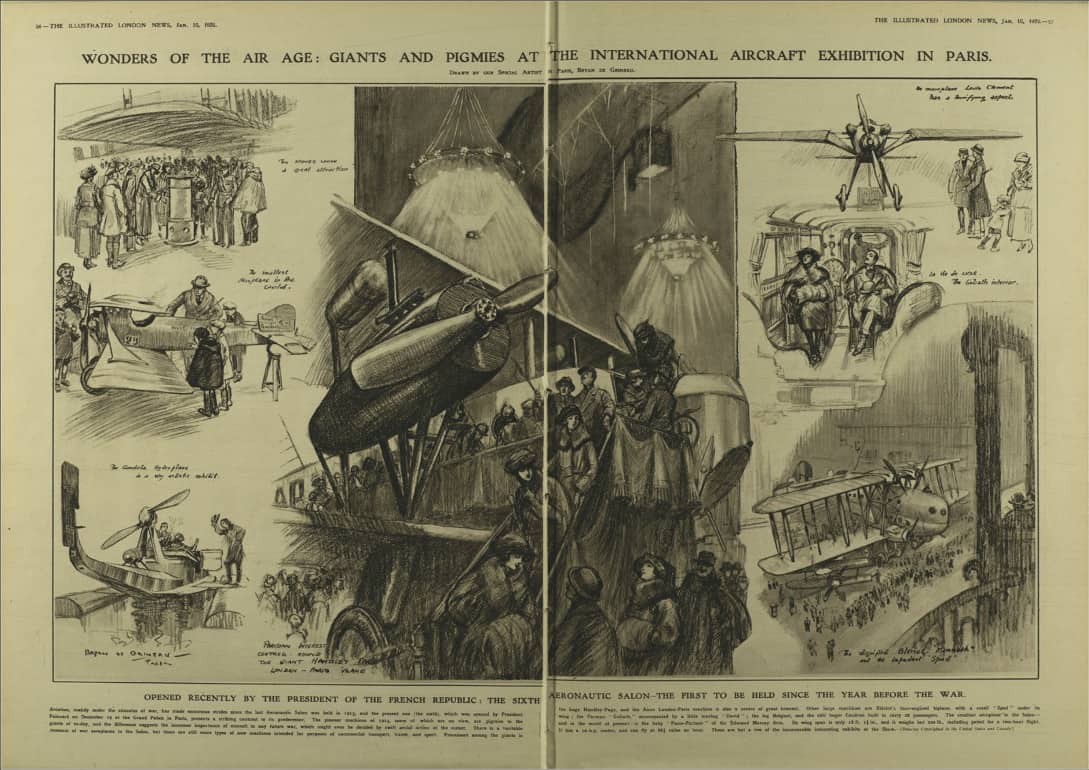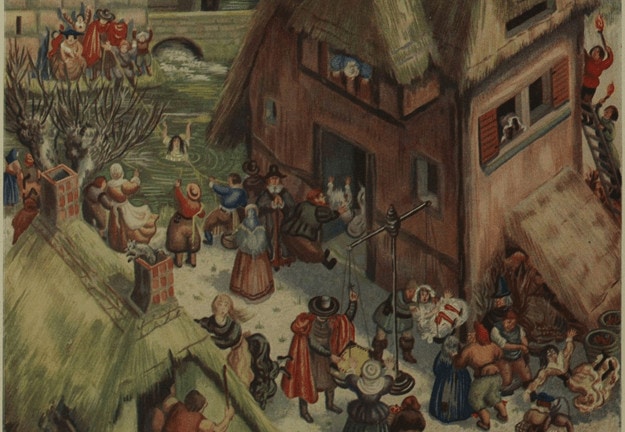│By Lebohang Seganoe, Gale Ambassador at the University of Johannesburg│
As a child, you absorb everything you are taught within the community you are raised in. Because your mind is still developing you rarely question how different someone’s reality might be from your own. I grew up in a society that had strong views on beauty standards. These include that a woman in her prime must have a full face and big curves, and she must look like she is eating well so that her potential spouse can see that she can bear as many children as possible. This post will explore different beauty standards and their impact on women’s bodies.

